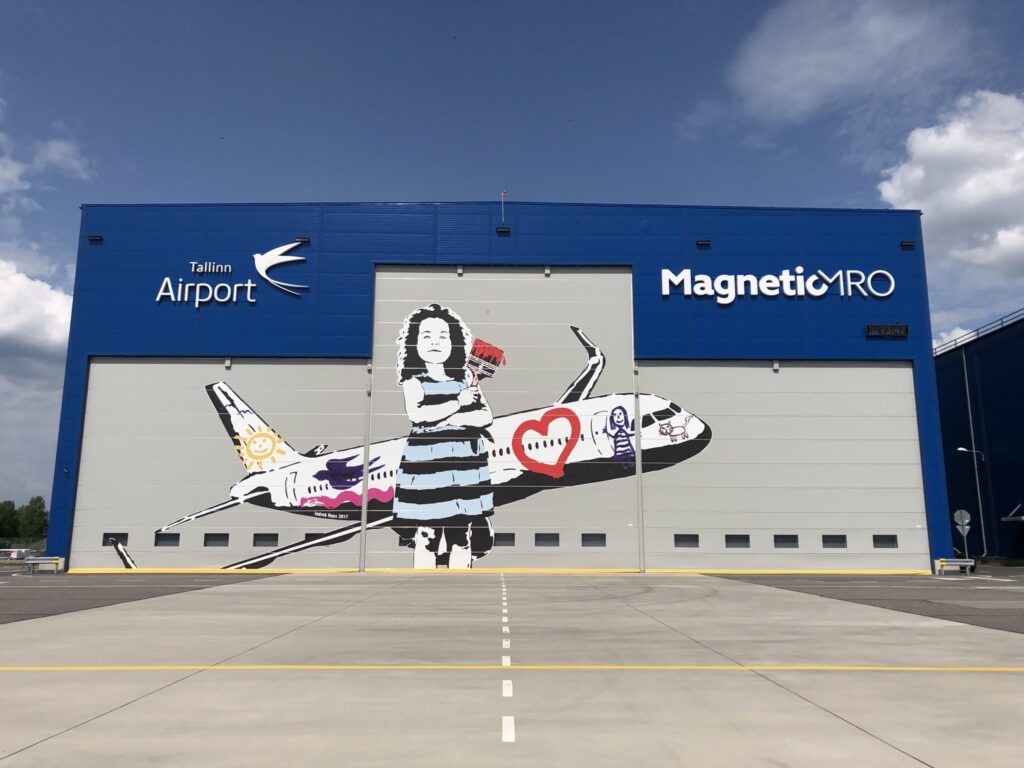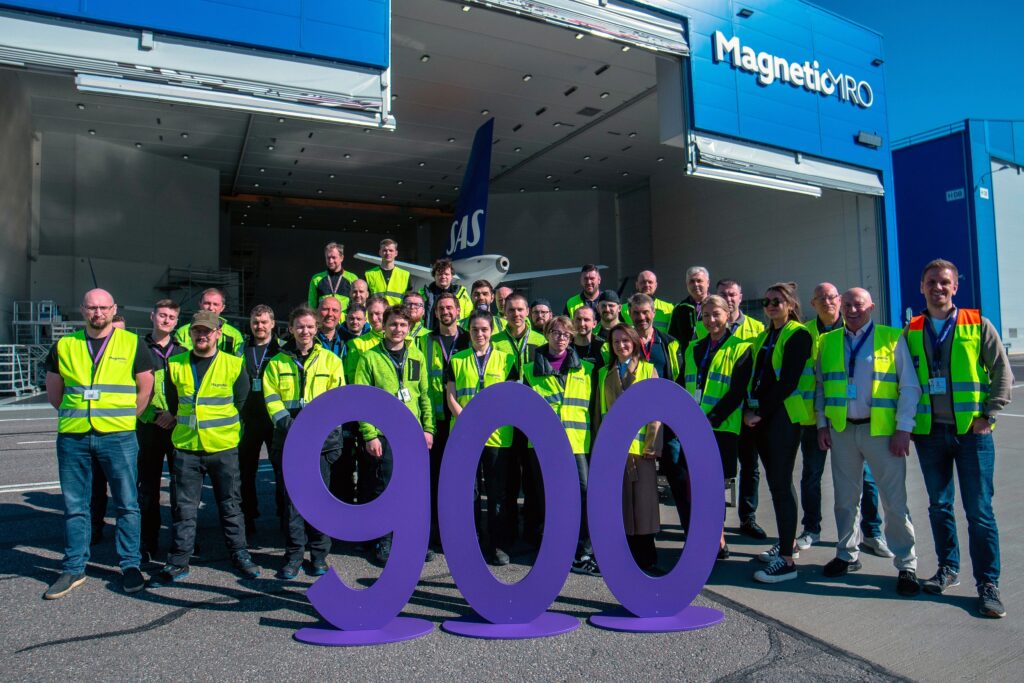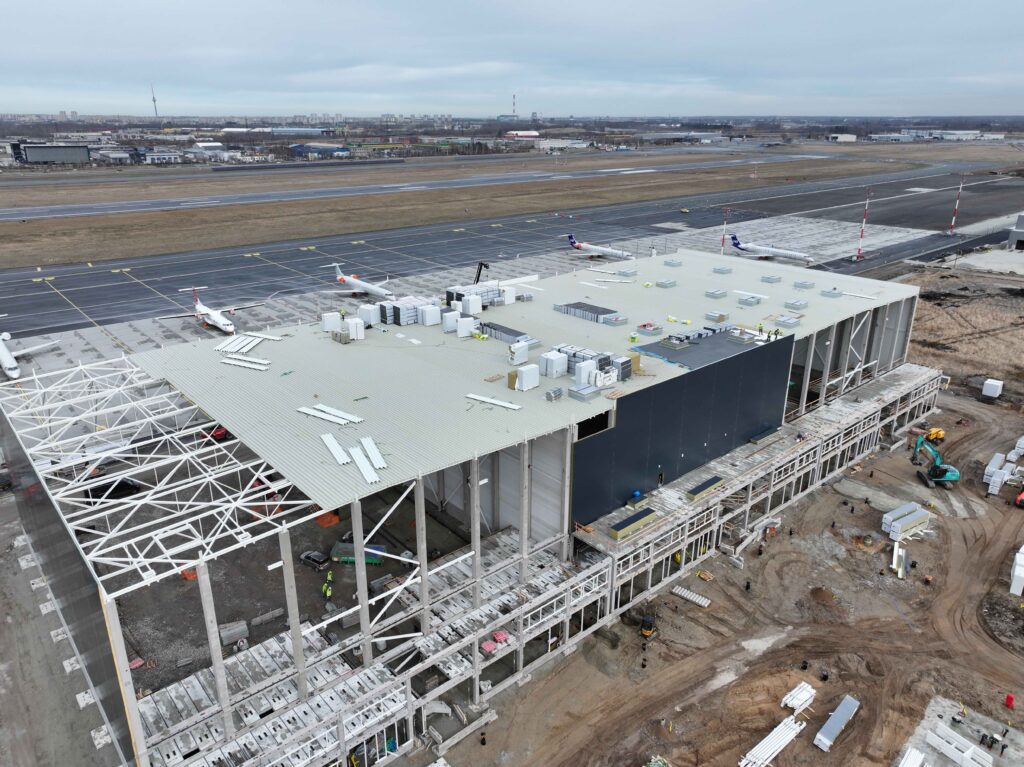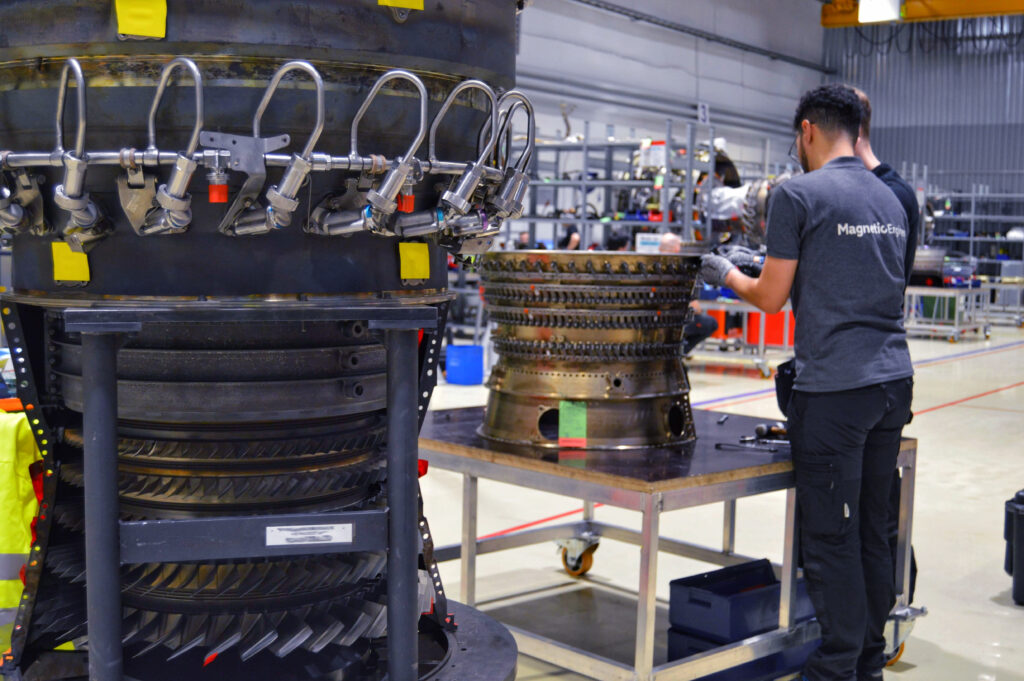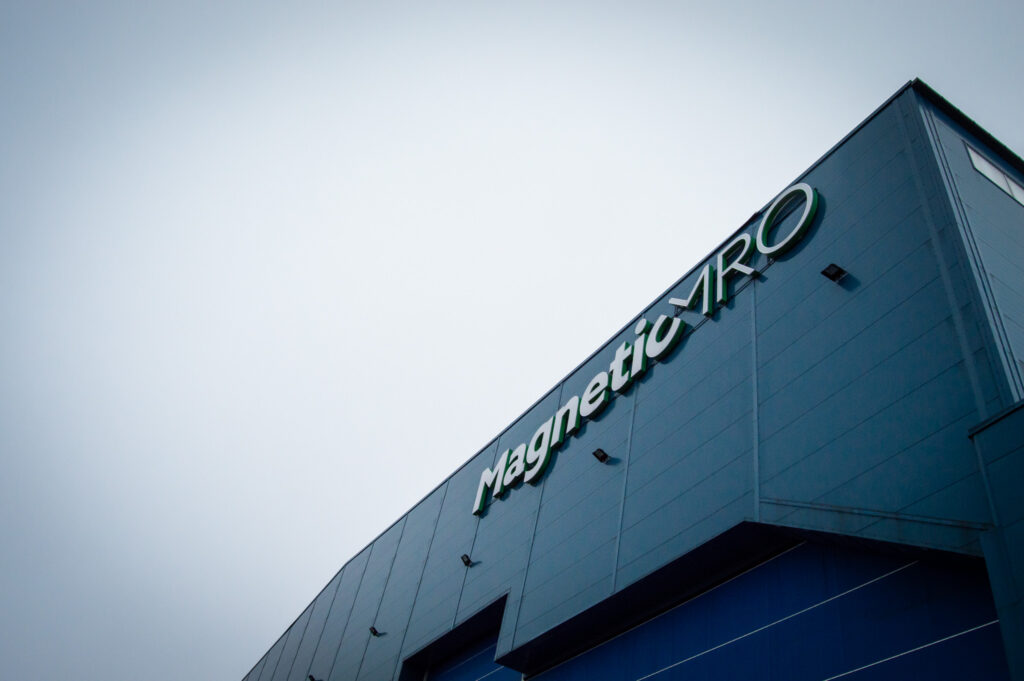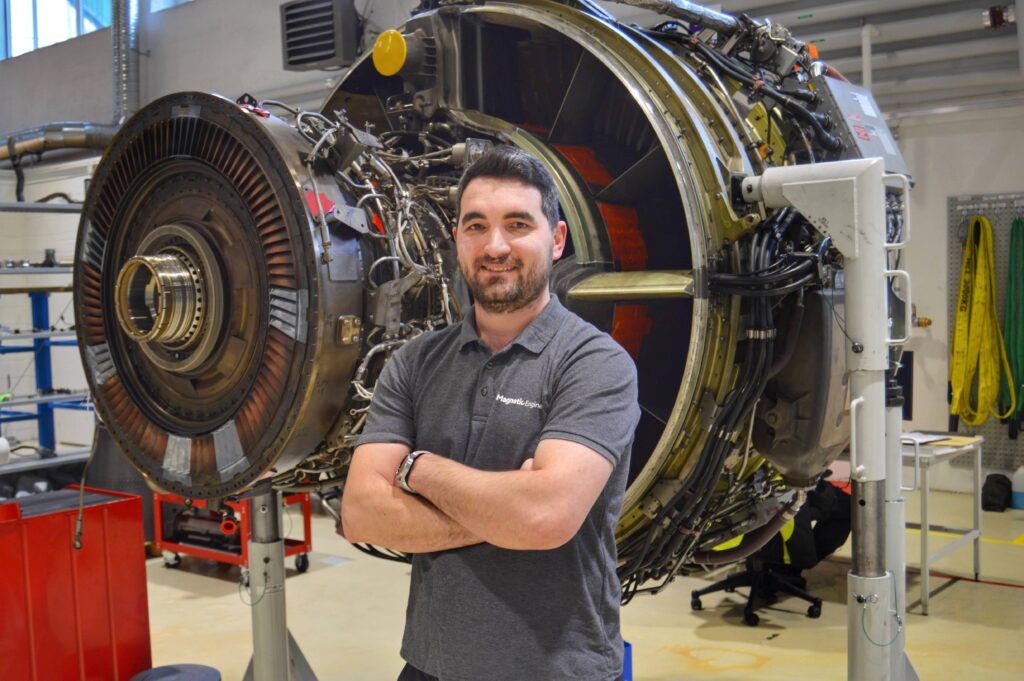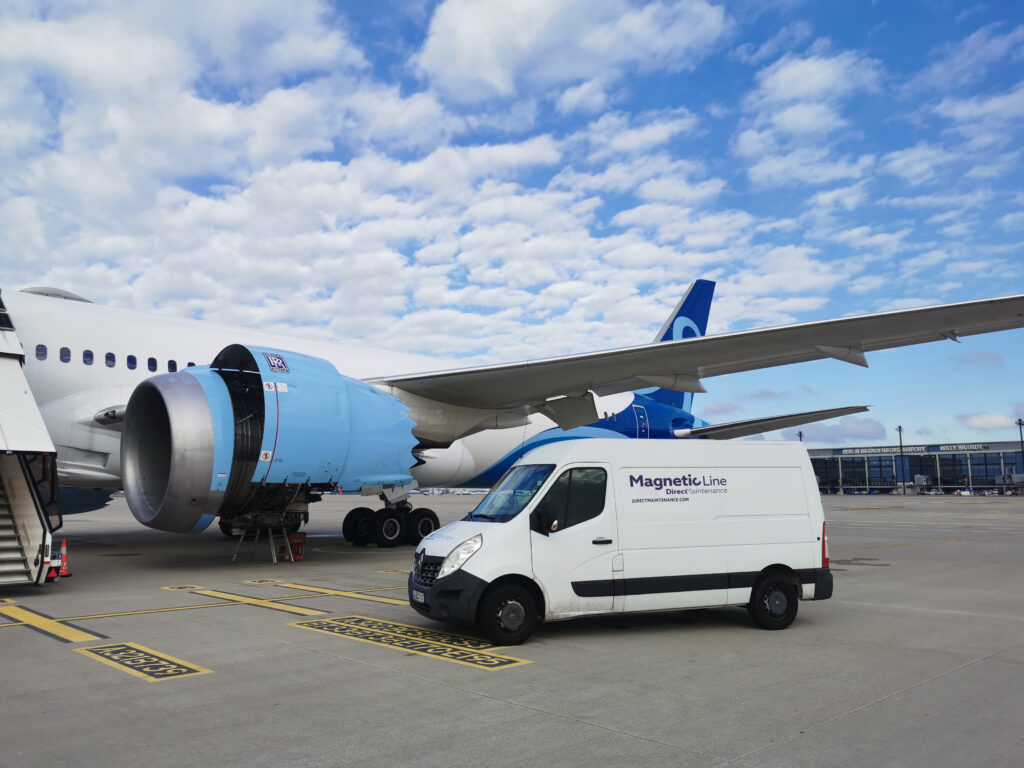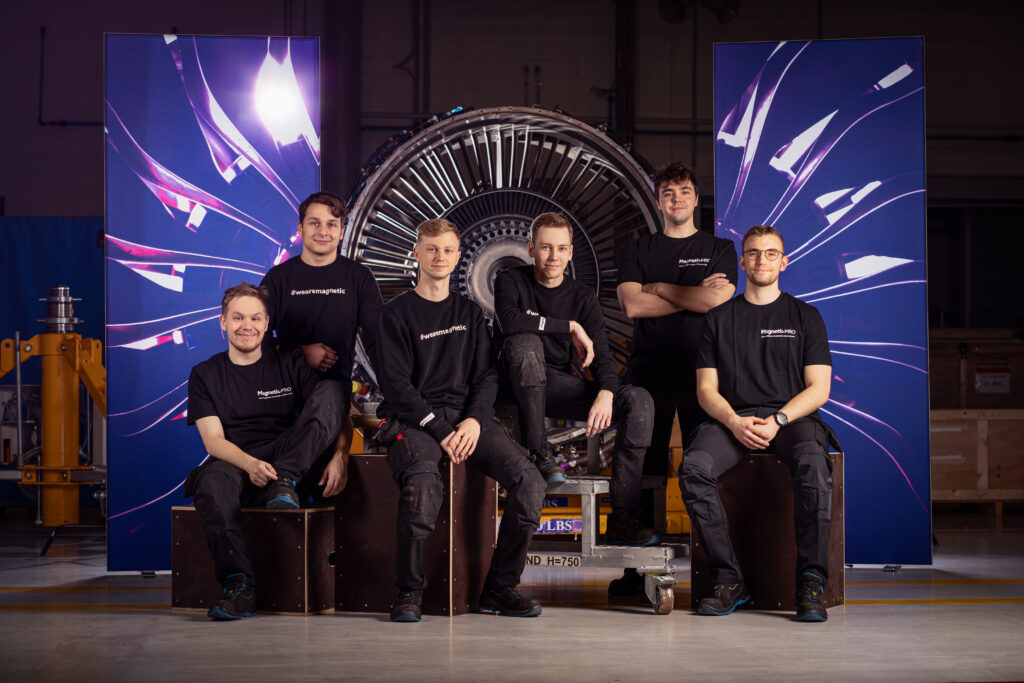COVID endurance and logistical nightmares: risks and opportunities in the global landing gear market

Eigirdas Keblikas, VP Asset Trading and Leasing at Magnetic Trading
Despite the severe impact of the COVID-19 pandemic on the global aviation industry, as well as the uncertainties that come with the ongoing war in Ukraine, the aircraft landing gear market seems to withstand short-term negative impacts. Over the previous two years, the market saw a significant amount of LG maintenance and trading cases, with an overall market growth expected at 18% CAGR. However, further growth of the segment comes with extreme time and cost-control-related risks.
Over the pandemic, we saw that the landing gear segment was not as affected by the crisis as other segments like engines or APUs. Most of the shops around the globe managed to keep up the annual average capacity or even increased their performance thanks to the specifics of the segment: changing an LG on a spare one for the maintenance period is a very complex process, and many airlines preferred to use the low-demand period to restore their landing gear in advance of the post-pandemic demand recovery.
At Magnetic MRO, we doubled our LG leg overhaul sales in 2021 and performed almost 30 overhauls at our partnering LG facility in Miami. In 2022, we already secured overhaul contracts for seven sets of landing gear, and several more coming up in the second half of the year.
In terms of LG trading and exchange, Magnetic MRO team conducted multiple deals across Europe, the Middle East, and Asia in 2021. To start with, on the behalf of our customers, we acquired and flipped 7 landing gear units on an outright basis, supplemented with 5 long-term exchange deals, and 4 shipset loan agreements. Currently, Magnetic Group owns eight landing gear sets with a total book value of more than 5.5 million EUR.
At the same time, we recognize certain risks that impact the market. The largest short-term risk is the logistics. Those companies that outsource LG maintenance cannot fully control delivery times as the supply chain is imbalanced. In addition, since there is always a risk of additional findings, outsourcing the LG overhaul narrows down options to control the overall costs of the project. Thus, those MROs that work with bigger “nose-to-tail” projects where airlines want to get their LGs during a scheduled hangar visit – their only option to mitigate time and cost-related risks is in-house capabilities.
This is something that we are aiming at Magnetic MRO ourselves. Scaling the LG business with exchanges and leases without an actual in-house shop can go only so far. While we already follow an aggressive strategy with our partners on LG repairs, the further growth of outsourced LG operations leads to an even wider range of component, shop, staff, and delivery-related issues to be considered that makes the overall risk management (and penalties) beyond controllable. With this in mind, we are projecting in-house LG maintenance capabilities at Magneti MRO in the foreseeable future.
And the future is promising. According to our data, the amount of landing gear events will grow in upcoming years. Considering 7-10 and 17-20 years old Airbus A320s and Boeing 737s, we expect around a thousand narrow-body aircraft in Western Europe and another 800 aircraft in Asia that will require an LG shop visit soon. In addition, maintenance events of Airbus A380, A350, and Boeing 787 landing gear are also on their way.




